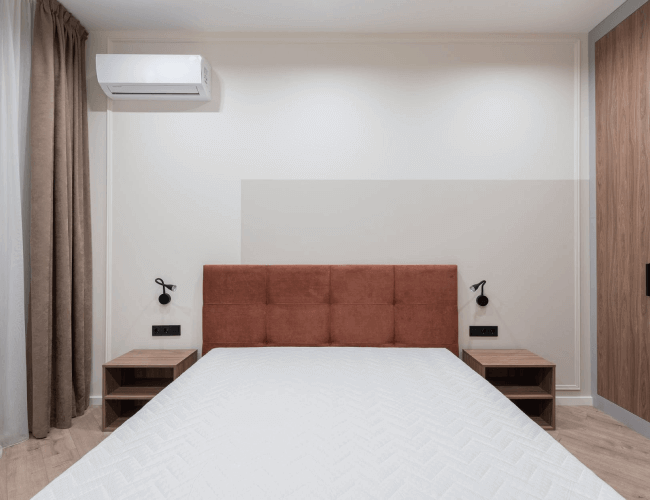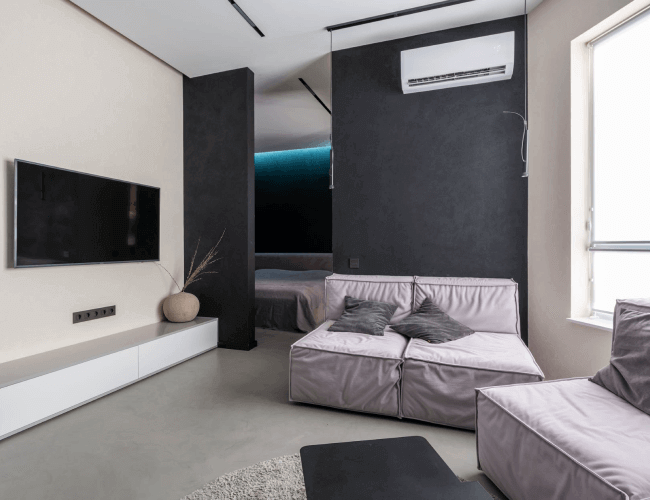Choosing between Forced Air and Central Air systems for heating and cooling your home can be challenging, as both have their advantages and disadvantages. This article breaks down the key differences between these two types of systems to help you decide which is best for your needs.
What is a Forced Air System?
A Forced Air system uses a furnace or heat pump to heat the air, which is then distributed throughout the house via ducts and vents. During warmer months, the same system can be used for cooling if integrated with an air conditioner.
Advantages of Forced Air:
- Versatility: Can provide both heating and cooling.
- Speed: Heats or cools a house quickly.
- Air Filtration: Air filters can improve indoor air quality by trapping dust, pollen, and other allergens.
Disadvantages of Forced Air:
- Inconsistent Distribution: There can be temperature variations in different parts of the house.
- Noise: Fans and ducts can generate noise.
- Maintenance: Ducts require regular cleaning and maintenance.
What is a Central Air System?
A Central Air system generally refers to central air conditioning systems that distribute cool (and sometimes warm, if combined with a heating system) air through a system of ducts.
Advantages of Central Air:
- Energy Efficiency: Modern systems are highly efficient and can reduce energy costs.
- Uniform Comfort: Provides more even temperature distribution throughout the house.
- Quiet Operation: Main components are located outside, reducing indoor noise.
Disadvantages of Central Air:
- Initial Cost: Installation can be expensive, especially in houses without existing ducts.
- Space Requirement: Requires space for ducts and outdoor units.
- Complex Maintenance: May need regular professional maintenance.
Cost Comparison
Initial Cost: Forced Air systems generally have a lower initial cost compared to Central Air systems, especially if the house already has ducts.
Operating Cost: Central Air systems tend to be more efficient and therefore may have lower operating costs over time, though this can vary depending on climate and usage.
Energy Efficiency
Forced Air: Advances in furnace and heat pump technology have improved the efficiency of Forced Air systems. However, efficiency can be affected by duct leaks.
Central Air: Central Air systems are known for high energy efficiency, especially newer models that meet energy efficiency standards.
Installation Considerations
Forced Air: Easier to install in homes with existing ducts. Installation in ductless homes can be costly and disruptive.
Central Air: Installation can be more complex and expensive, especially in ductless homes. However, the investment can be beneficial in the long run due to energy efficiency.
Conclusion
The choice between a Forced Air system and a Central Air system depends on several factors, including your initial budget, your home’s characteristics, and your personal preferences for efficiency and comfort.
Forced Air may be the best option if you seek a versatile heating and cooling solution and have a tighter initial budget.
Central Air may be preferable if you are willing to invest more initially to achieve greater energy efficiency and more uniform temperature distribution.
Consider conducting an energy assessment of your home and consulting with an HVAC professional to determine which system best suits your specific needs.


